Home>Interior Design>How Much Does It Cost To Paint A Room?
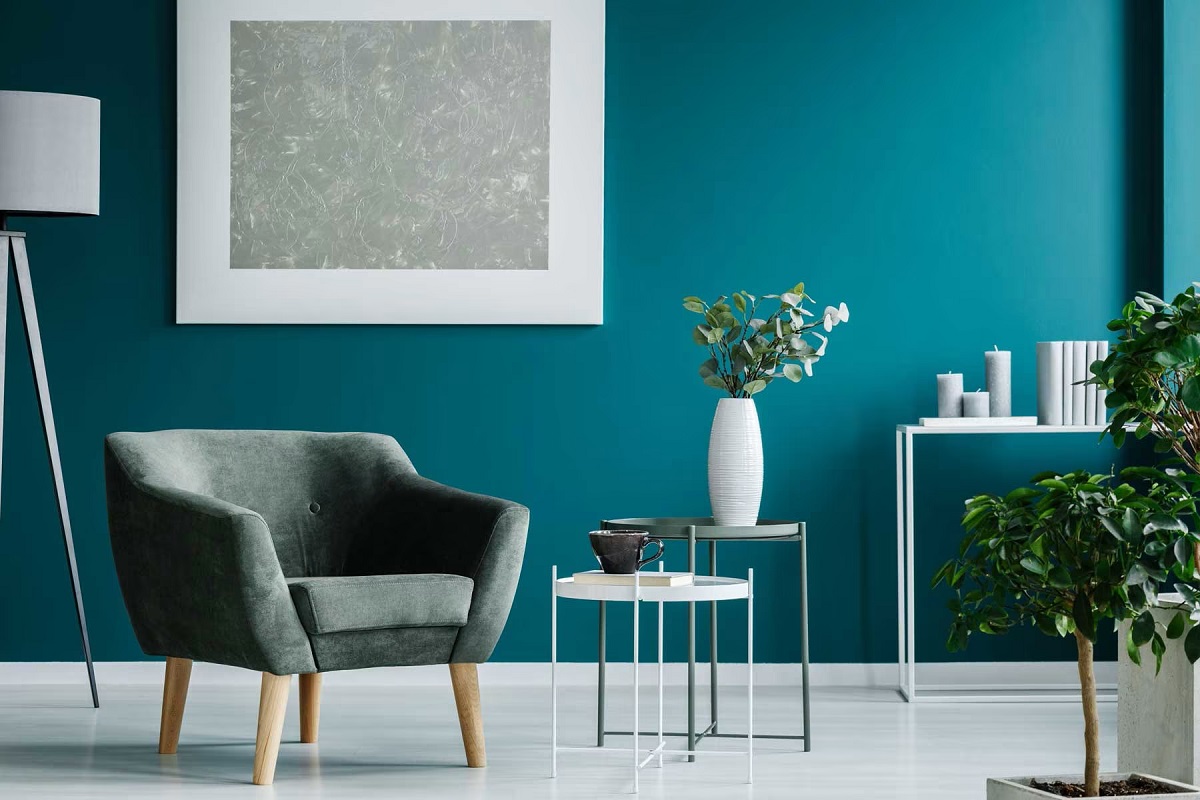

Interior Design
How Much Does It Cost To Paint A Room?
Modified: January 19, 2024
Looking for interior design ideas? Find out the cost of painting a room with our expert tips and budget-friendly options. Start your home transformation today!
(Many of the links in this article redirect to a specific reviewed product. Your purchase of these products through affiliate links helps to generate commission for Storables.com, at no extra cost. Learn more)
Introduction
Painting a room is a simple and cost-effective way to transform its look and create a fresh atmosphere. Whether you’re planning to update your living room, bedroom, or any other space in your home, knowing the cost of painting a room beforehand can help you budget accordingly.
While the cost may vary depending on various factors, such as the size of the room and the quality of materials used, understanding these factors will give you a better idea of what to expect when hiring a professional painter or taking on the project yourself.
In this article, we will explore the different factors that influence the cost of painting a room, including labor, paint and materials, room size and condition, preparation work, additional services, and location. By the end of this article, you’ll have a clearer understanding of the average cost of painting a room, allowing you to make informed decisions and achieve the desired results within your budget.
Key Takeaways:
- Transform your living space with a fresh coat of paint! Understand the factors influencing costs, such as room size, paint quality, and labor expenses, to plan your budget effectively.
- Hiring a professional painter or DIY? Consider room size, wall condition, and desired finishes to estimate costs accurately. Quality materials and skilled labor ensure a beautiful, long-lasting result.
Read more: How Much Does It Cost To Paint A Living Room
Factors Influencing the Cost of Painting a Room
When it comes to painting a room, several factors come into play that can affect the overall cost. By understanding these factors, you can better estimate the expenses involved in your painting project. Let’s take a closer look at the key factors influencing the cost of painting a room:
- Size of the Room: The size of the room is one of the most significant factors that determine the cost of painting. Larger rooms require more paint and take longer to complete, resulting in higher labor costs.
- Number of Coats: The number of coats of paint needed can impact the cost. If the existing paint is in good condition and the new color is similar, one coat may be sufficient. However, if you’re changing colors or the walls have surface imperfections, multiple coats may be necessary, increasing the cost.
- Quality of Paint: The quality of paint you choose will affect both the appearance and the cost. Higher-quality paints tend to be more expensive, but they offer better coverage and durability, requiring fewer coats and touch-ups.
- Type of Paint Finish: Different paint finishes, such as flat, eggshell, satin, semi-gloss, and high-gloss, have varying costs. Glossier finishes usually cost more due to their enhanced durability and aesthetic appeal.
- Condition of the Walls: If the walls require extensive preparation work, such as repairing cracks, removing wallpaper, or patching holes, the cost of painting will increase. Surface imperfections and damage can affect the time and materials needed to achieve a smooth, flawless finish.
- Accessibility: Difficult-to-reach areas, such as high ceilings, stairwells, or rooms with intricate architectural details, may require additional time and effort from the painters. This can result in higher labor costs.
- Timeframe: If you need the painting job to be completed within a specific timeframe, such as a tight deadline or during peak seasons, it may affect the cost. Rush jobs or high-demand periods often come with an additional price.
- Additional Services: If you require additional services alongside the painting, such as wallpaper removal, priming, or decorative finishes, these will add to the overall cost. Discuss your specific needs with the painter to get accurate estimates.
- Location: The location of your residence can impact the cost of painting. Prices can vary based on factors like regional labor rates, cost of living, and competition among local contractors.
By considering these factors and discussing them with professional painters or estimating the expenses for a DIY project, you can plan your budget more effectively and ensure that the final cost aligns with your expectations.
Cost of Labor
When it comes to painting a room, one of the significant expenses you’ll encounter is the cost of labor. Hiring a professional painter can save you time and effort while ensuring high-quality results. However, it’s essential to understand the factors that influence the labor cost:
- Painter’s Experience and Expertise: Experienced painters who have a proven track record of delivering exceptional results may charge higher rates. Their expertise, attention to detail, and skills can justify the additional cost.
- Size of the Painting Crew: The number of painters involved in the project will affect the overall labor cost. A larger crew can complete the job faster, but it will also increase the total expense.
- Time Required: Labor costs are often based on the amount of time it takes to complete the painting project. Factors such as the size of the room, the number of coats needed, and the complexity of the work can all influence the time required.
- Level of Preparation Work: If the walls require significant preparation work, such as patching holes, sanding, or removing wallpaper, it will increase the labor cost. The more time-consuming the preparation, the higher the labor expenses will be.
- Accessibility: Difficult-to-reach areas, such as high ceilings or rooms with intricate architectural features, may require additional time and effort. Painters may charge extra for these challenging aspects of the job.
The cost of labor can vary greatly depending on these factors as well as the location and the reputation of the painting contractor. It’s a good idea to obtain several quotes from different painters in your area to compare prices and evaluate the value they provide.
If you decide to tackle the painting project yourself, you can save on labor costs. However, keep in mind that DIY painting requires time, patience, and proper technique to achieve professional-looking results. Be prepared to invest in painting supplies and equipment, including brushes, rollers, drop cloths, and painter’s tape.
Remember that while hiring a professional painter may seem expensive upfront, their expertise can save you from potential mistakes and ensure a long-lasting and beautiful finish. Ultimately, the cost of labor will depend on the complexity of the project, your location, and the level of quality you seek.
Cost of Paint and Materials
When budgeting for a room painting project, it’s important to consider the cost of paint and materials. The type and quality of paint, as well as the necessary supplies, can significantly impact the overall expenses. Let’s dive into the key factors that influence this aspect of the project:
- Type of Paint: Different types of paint, such as latex, oil-based, or specialty paints, come with varying price ranges. Latex paints are generally more affordable and easy to clean, making them a popular choice for most interior painting projects.
- Quality of Paint: High-quality paint may cost more upfront, but it can provide better coverage, durability, and a more professional finish. It may require fewer coats and touch-ups, which can help save on paint costs in the long run.
- Quantity of Paint: The amount of paint you’ll need depends on the size of the room, the number of coats required, and the type of paint. Measure the square footage of the walls and ceiling to calculate the quantity of paint needed. It’s better to buy slightly more paint than you think you’ll need to avoid running out and having color variations due to multiple paint batches.
- Paint Finish: Different paint finishes, such as flat, eggshell, satin, semi-gloss, and high-gloss, have varying costs. Flat finishes tend to be more affordable, while glossier finishes cost more due to their durability and aesthetic appeal.
- Primers and Sealers: Depending on the condition of the walls and the type of paint you choose, you may need to apply a primer or sealer. Primers can help with adhesion, covering stains, and ensuring a smooth finish. Factor in the cost of primers and sealers when estimating the total expenses.
- Painting Supplies: In addition to paint, there are several essential supplies you’ll need, including brushes, rollers, paint trays, drop cloths, painter’s tape, and sandpaper. These items ensure accurate application and protect surfaces not intended for paint, but they also contribute to the overall cost of the project.
- Optional Enhancements: If you want to add special effects or decorative finishes, such as metallic paint, textured paint, or stenciling, there may be additional costs involved. These techniques can elevate the visual impact of the room but should be factored into your budget.
To estimate the cost of paint and materials, calculate the quantity of paint required based on the room’s square footage and the number of coats needed. Then, research the prices of the specific paint brand and type you prefer. Don’t forget to include the cost of any additional materials and supplies.
Keep in mind that purchasing higher-quality paint and materials may result in better color consistency, durability, and overall satisfaction with the final outcome. However, it’s essential to strike a balance between quality and your budget constraints.
By considering all these factors and calculating the expenses of paint and materials accurately, you can ensure a smoother experience and achieve the desired aesthetic appeal for your newly painted room.
Room Size and Condition
The size and condition of the room play a crucial role in determining the cost of painting. Factors such as square footage, ceiling height, and the condition of the walls can all influence the overall expenses. Let’s explore how these factors impact the cost:
- Square Footage: Typically, larger rooms require more paint, which can increase the cost. Calculate the total square footage of the walls and ceiling to estimate the amount of paint needed. Keep in mind that some painters may charge per square footage or offer package rates for different room sizes.
- Ceiling Height: Rooms with high ceilings may require specialized equipment and additional labor to properly paint the upper portions. This can result in higher costs compared to rooms with standard ceiling heights.
- Wall Condition: The condition of the walls before painting can affect the cost. If the walls have cracks, peeling paint, or other imperfections, they may require additional preparation work, such as patching, sanding, or stripping previous layers of paint. This can increase the labor and time required, which can impact the overall expenses.
- Wall Texture: Rooms with textured walls, such as popcorn or stucco, may pose additional challenges when it comes to painting. Achieving a smooth and seamless finish on textured walls may require more time and effort, leading to higher labor costs.
- Walls Color and Coverage: If you’re changing the color of the walls or going from a dark to a light shade, it may require additional coats of paint to achieve proper coverage. Extra paint and labor hours required for better color accuracy can contribute to increased costs.
- Trim and Doors: Painting trim, baseboards, doors, and other woodwork will add to the overall cost. These areas usually require more attention to detail and may involve extra preparation work, such as sanding and priming.
Prior to starting the painting project, inspect the room thoroughly and assess any existing issues or repairs that may be needed. Clear communication with the painters about the room’s size, wall condition, and desired outcome will ensure accurate cost estimates and a better understanding of the scope of work.
It’s important to note that older homes or rooms with extensive damages or unique architectural features may require more extensive preparation work, leading to higher costs. However, investing in proper surface preparation will ensure a smooth and professional-looking finish.
By taking into account the room size, ceiling height, wall condition, and other relevant factors, you can better anticipate the costs involved in painting the room and allocate your budget accordingly.
The cost to paint a room can vary based on factors such as the size of the room, the type of paint, and whether any repairs are needed. On average, you can expect to pay between $200 to $600 for a standard-sized room.
Read more: How Much Does Paint Repair Cost
Preparation Work
Proper preparation is key to achieving a flawless and long-lasting paint finish. It not only enhances the overall appearance of the room but also ensures that the paint adheres well to the surface. The amount of preparation work required can vary depending on the condition of the walls and the desired end result. Here are some common preparation tasks that can impact the cost of painting:
- Wall Cleaning: Before painting, walls should be free of dust, dirt, grease, and any other contaminants. Cleaning the walls thoroughly can involve washing with a mild detergent, removing cobwebs, and scrubbing stubborn stains. If extensive wall cleaning is needed, it can increase the labor and time required for the project.
- Wall Repairs: If there are any cracks, holes, or dents in the walls, they need to be repaired before painting. Patching these imperfections with spackle or joint compound, followed by sanding, can ensure a smooth and even surface. Extensive wall repairs can add to the time and cost of the project.
- Wall Sanding: Sanding the walls is crucial for creating a smooth and uniform surface. It helps remove any imperfections, rough patches, or loose paint. However, extensive sanding may increase the labor and time required for the project.
- Priming: Priming the walls is recommended, especially when changing colors dramatically, painting over porous surfaces, or covering stains. Primers help with adhesion, ensuring that the paint adheres properly and provides an even finish. The cost of primer and the time required for priming should be factored into the overall expenses.
- Taping and Masking: Protecting areas not intended for paint, such as trim, windows, and fixtures, is essential. Taping and masking these areas using painter’s tape and drop cloths help create clean and crisp lines. However, it adds to the overall time and cost of the painting project.
- Removing Wallpaper: If the walls are covered with wallpaper, removing it before painting may be necessary. This can involve steaming, scraping, or applying wallpaper removal solutions. Removing wallpaper can be a time-consuming and labor-intensive process, impacting the overall project cost.
The level of preparation work required depends on the condition of the walls, the desired end result, and the expected quality of the paint finish. It’s essential to discuss your expectations and the necessary preparation tasks with the painting contractor to receive accurate estimates for both time and cost.
Remember, investing time and effort in proper preparation work will ensure smoother application, better paint adhesion, and ultimately, a more professional-looking and long-lasting paint job.
Additional Services
When planning a room painting project, you may have specific requirements or desires that go beyond just applying a fresh coat of paint. These additional services can add to the overall cost of the project but can also enhance the final outcome. Let’s explore some common additional services to consider:
- Wallpaper Removal: If your walls are covered in wallpaper, you might want to remove it before painting. Removing wallpaper can be a time-consuming and labor-intensive process, requiring special tools and techniques. Hiring professionals to handle this task can ensure a clean and smooth surface for painting.
- Priming: While some painters include priming as part of their standard service, others may consider it an additional service. Priming is especially important when painting over dark or uneven surfaces, as it helps with paint adhesion and provides a consistent base for the new paint color.
- Trim and Woodwork Painting: If you want to update the look of your trim, baseboards, doors, or other woodwork in the room, this will require additional time and effort. Painting these areas involves meticulous preparation, such as sanding, priming, and applying multiple coats of paint for a smooth and durable finish.
- Textured Finishes: If you desire a textured finish for your walls, such as sponge painting, stucco, or other decorative techniques, it may require specialized materials and additional labor. These textured finishes can add depth and visual interest to the room but should be factored into the overall cost.
- Accent Walls: If you want to create a focal point in the room, painting an accent wall with a different color or a statement wallpaper can achieve that. The cost will depend on the size of the accent wall and the complexity of the design.
- Custom Finishes: If you have specific design ideas or request custom finishes, such as faux painting, mural art, or intricate patterns, it will require skilled artisans or specialized contractors. These unique finishes often come at an additional cost due to the expertise and time involved.
- Extra Coats or Touch-Ups: Depending on the desired depth of color or the condition of the walls, you may need additional coats of paint or touch-ups to achieve a flawless finish. Discuss these requirements with the painter, as they may impact the overall cost.
It’s important to communicate your specific needs and desires with the painting contractor upfront. They can provide you with accurate estimates for these additional services and incorporate them into the overall project cost. Taking advantage of these extras can bring a unique touch to your room and help you achieve the desired aesthetic result.
Keep in mind that the cost of additional services will vary depending on the intricacy of the task, the materials involved, and the level of expertise required. Be sure to discuss your budget, preferences, and expectations with the professionals to ensure a smooth and satisfying experience.
Location
The location where you reside can have an impact on the cost of painting a room. Various factors related to the local market, labor rates, and the cost of living can contribute to differences in pricing. Understanding how location influences the expense of a painting project is essential for budgeting purposes.
Here are some key considerations regarding location and its influence on the cost of painting:
- Regional Labor Rates: Labor rates can vary significantly from one region to another. Higher labor costs in densely populated and urban areas may result in higher overall expenses. Conversely, locations with lower labor rates can offer more budget-friendly options.
- Cost of Living: The cost of living can affect the cost of painting a room. Areas with a higher cost of living typically have increased expenses for labor, materials, and services, including painting. It’s important to account for these variations when estimating the project budget.
- Competition Among Contractors: The level of competition among painting contractors in your area can impact pricing. In areas with a higher number of reputable painting companies competing for projects, prices may be more competitive, potentially resulting in better rates for consumers.
- Geographic Factors: Unique geographic factors can influence the cost of painting a room. For instance, areas prone to extreme weather conditions may require specialized paint and additional preparation work, which can increase expenses. Similarly, locations with high humidity levels or frequent temperature fluctuations might demand specific measures to ensure the durability of the paint job.
- Local Regulations and Permits: Some locations may have specific regulations or permit requirements related to painting projects. Make sure to check for any local permits needed and factor in potential costs associated with compliance with regulations.
It’s important to research and gather quotes from local painting contractors to get a better understanding of the pricing trends in your area. Compare the estimates you receive to determine a budget that aligns with your needs and expectations.
Keep in mind that location is one of the factors that can influence the pricing of a painting project. While you may find variations in cost, it is equally important to consider the reputation, expertise, and quality of work provided by painting contractors. Always prioritize hiring professionals who can deliver excellent results within your budget constraints.
Average Cost of Painting a Room
When determining the average cost of painting a room, it’s important to note that the expenses can vary based on several factors, including the size of the room, the complexity of the project, the location, and the quality of materials used. While it’s difficult to provide an exact figure, we can give you a general idea of the typical costs involved.
On average, homeowners can expect to pay between $300 and $750 to paint a single room. This estimate includes both labor and materials for a standard-sized room with walls in good condition and two coats of paint. However, keep in mind that prices can go higher or lower depending on the following factors:
- Room Size: Larger rooms will generally cost more to paint due to the increased amount of paint and labor required. The price may increase further if the room has high ceilings or architectural features that make painting more challenging.
- Preparation Work: If the walls require significant repairs, cleaning, or priming, it can add to the labor costs. Extensive preparation work will also require additional materials, such as spackle, sandpaper, and primer, which can increase the overall expenses.
- Paint Quality: The cost of paint varies based on the brand and quality chosen. Higher-quality paints may be more expensive, but they can offer better coverage, durability, and a more professional finish. Investing in quality paint can lead to longer-lasting results and potentially save on future touch-ups or repainting.
- Additional Services: If you require additional services like wallpaper removal, trim painting, or specialized finishes, these will contribute to the total cost. Each additional service will vary in price depending on the complexity and time required to complete it.
- Location: The average cost of painting a room can be influenced by the location due to variations in labor rates, cost of living, and market competition. Higher-cost areas may have higher average prices, while areas with lower living expenses or fierce market competition may offer more affordable rates.
To get a more accurate estimate, it’s recommended to reach out to local painting contractors and obtain multiple quotes. They can evaluate the specifics of your project, assess the condition of the room, and provide a detailed cost breakdown tailored to your needs.
Remember, the cost of painting a room should be viewed as an investment in your home’s aesthetics and maintenance. Hiring experienced professionals, using quality materials, and properly preparing the room for painting will yield a finished result that you’ll be happy with for years to come.
Read more: How Much Does Paint Chip Repair Cost
Conclusion
Painting a room is an exciting project that can rejuvenate the look and feel of your living space. By understanding the factors that influence the cost of painting, you can better plan your budget and achieve the desired results within your financial means.
Factors such as the size of the room, the quality of materials, the condition of the walls, and additional services can all impact the overall cost. Labor expenses, including the experience and expertise of the painter, as well as the time required, also play a significant role in determining the total cost.
Location is another factor to consider, as regional labor rates, the cost of living, and market competition can vary from one area to another. It’s important to research local pricing trends and obtain quotes from reputable painters to estimate the expenses accurately.
While it’s difficult to provide an exact figure for the average cost of painting a room, a range of $300 to $750 is a common estimate for a standard-sized room with two coats of paint. However, keep in mind that this can vary depending on the factors mentioned above.
Whether you decide to hire a professional painter or take on the project yourself, proper planning, preparation, and use of quality materials are key to achieving a successful and long-lasting paint job. Taking the time to clean and repair the walls, choosing the right paint and finish, and investing in skilled labor will contribute to a beautiful outcome.
Ultimately, the cost of painting a room should be viewed as an investment in enhancing your home’s aesthetics and creating a more enjoyable living space. By carefully considering the factors influencing the cost and working within your budget, you’ll be able to transform your room into a vibrant and personalized space that reflects your style and personality.
So, whether you’re looking to update a single room or give your entire home a fresh look, don’t hesitate to embark on a painting project. With careful planning, attention to detail, and a realistic budget in mind, you can achieve stunning results that will bring joy and satisfaction for years to come.
Frequently Asked Questions about How Much Does It Cost To Paint A Room?
Was this page helpful?
At Storables.com, we guarantee accurate and reliable information. Our content, validated by Expert Board Contributors, is crafted following stringent Editorial Policies. We're committed to providing you with well-researched, expert-backed insights for all your informational needs.
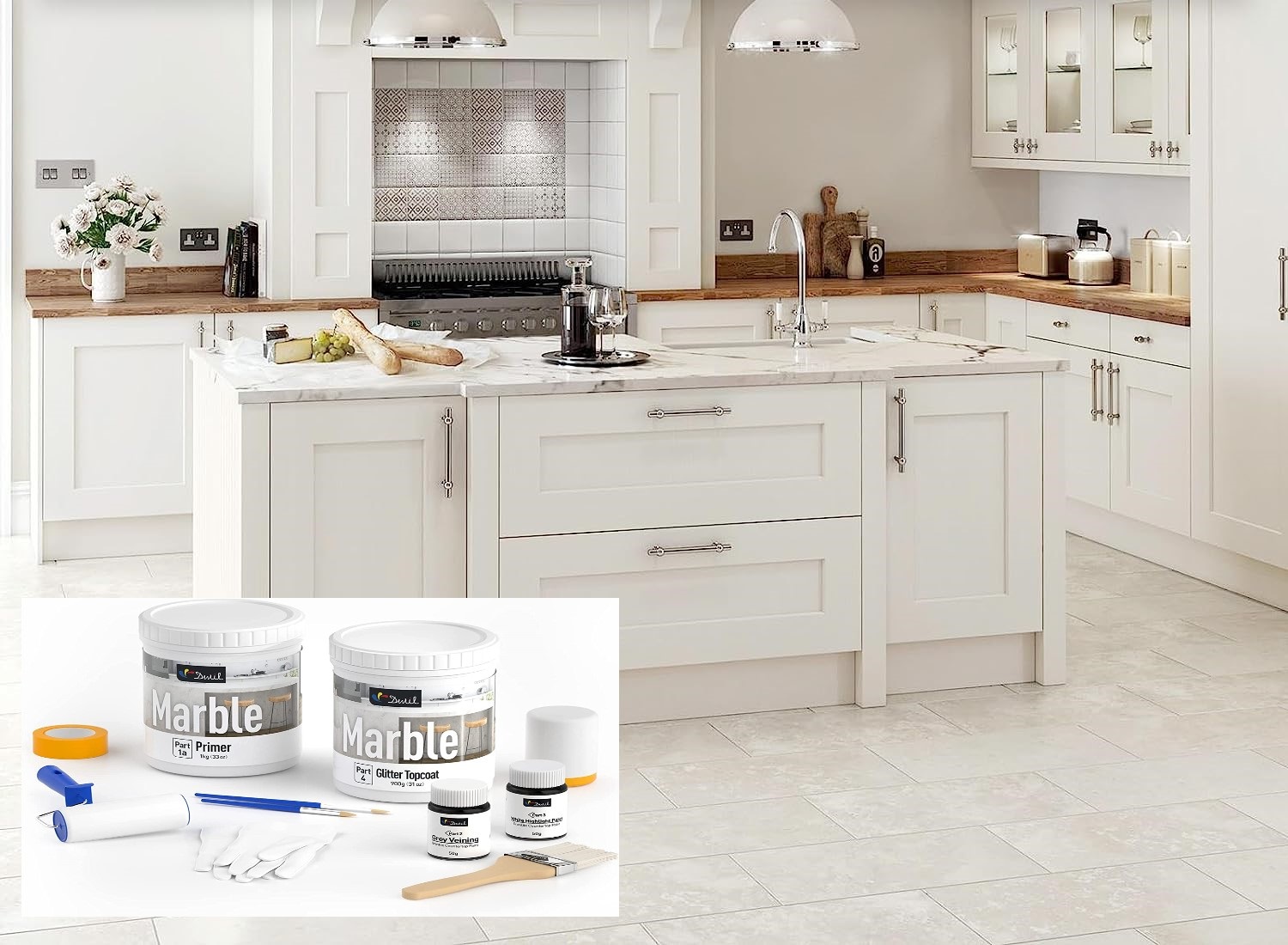
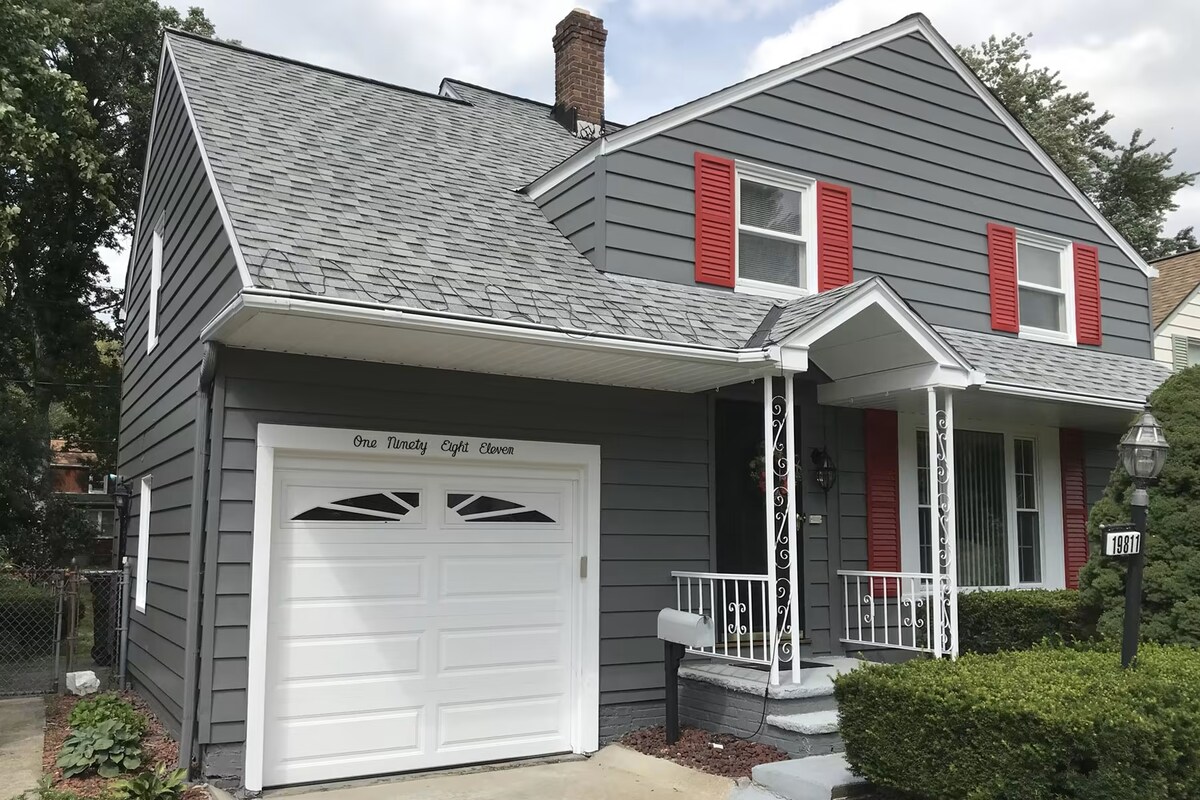
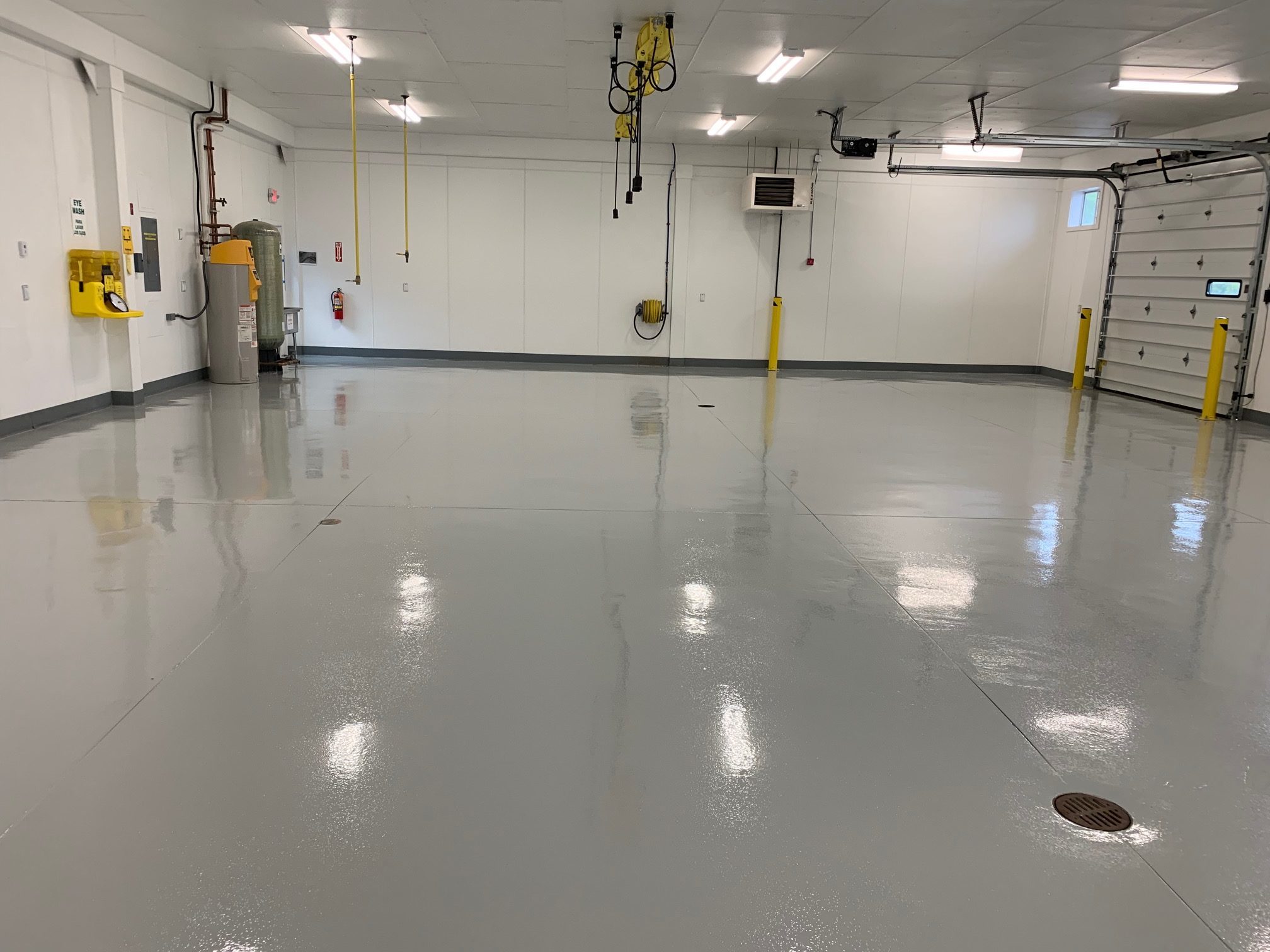
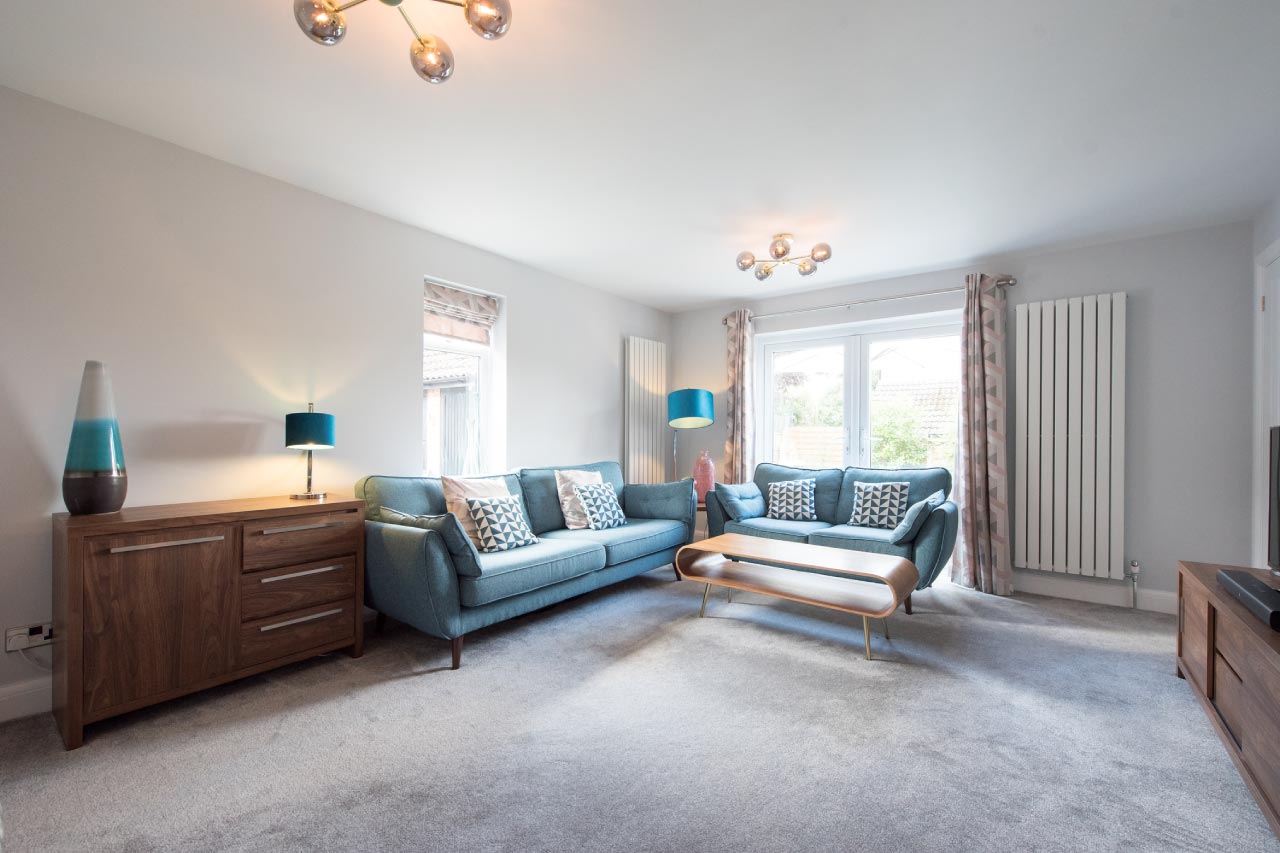
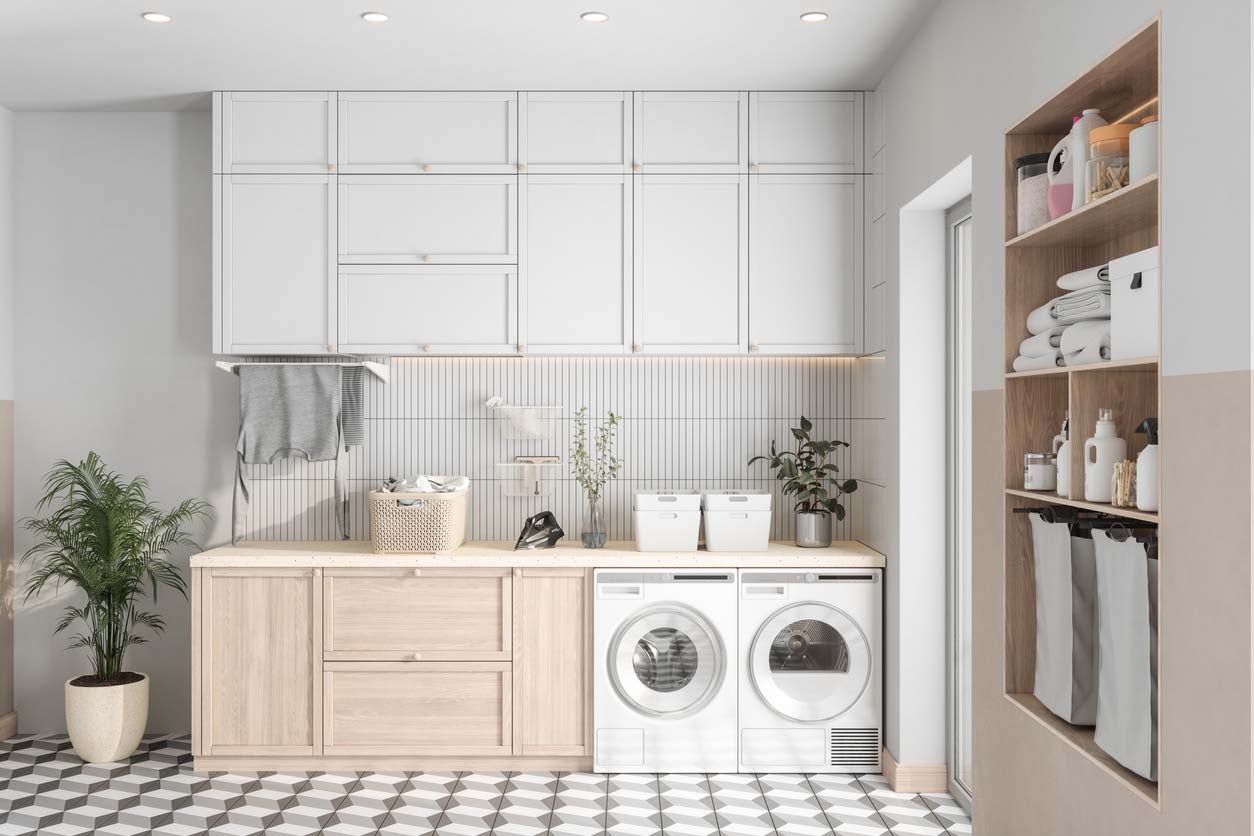
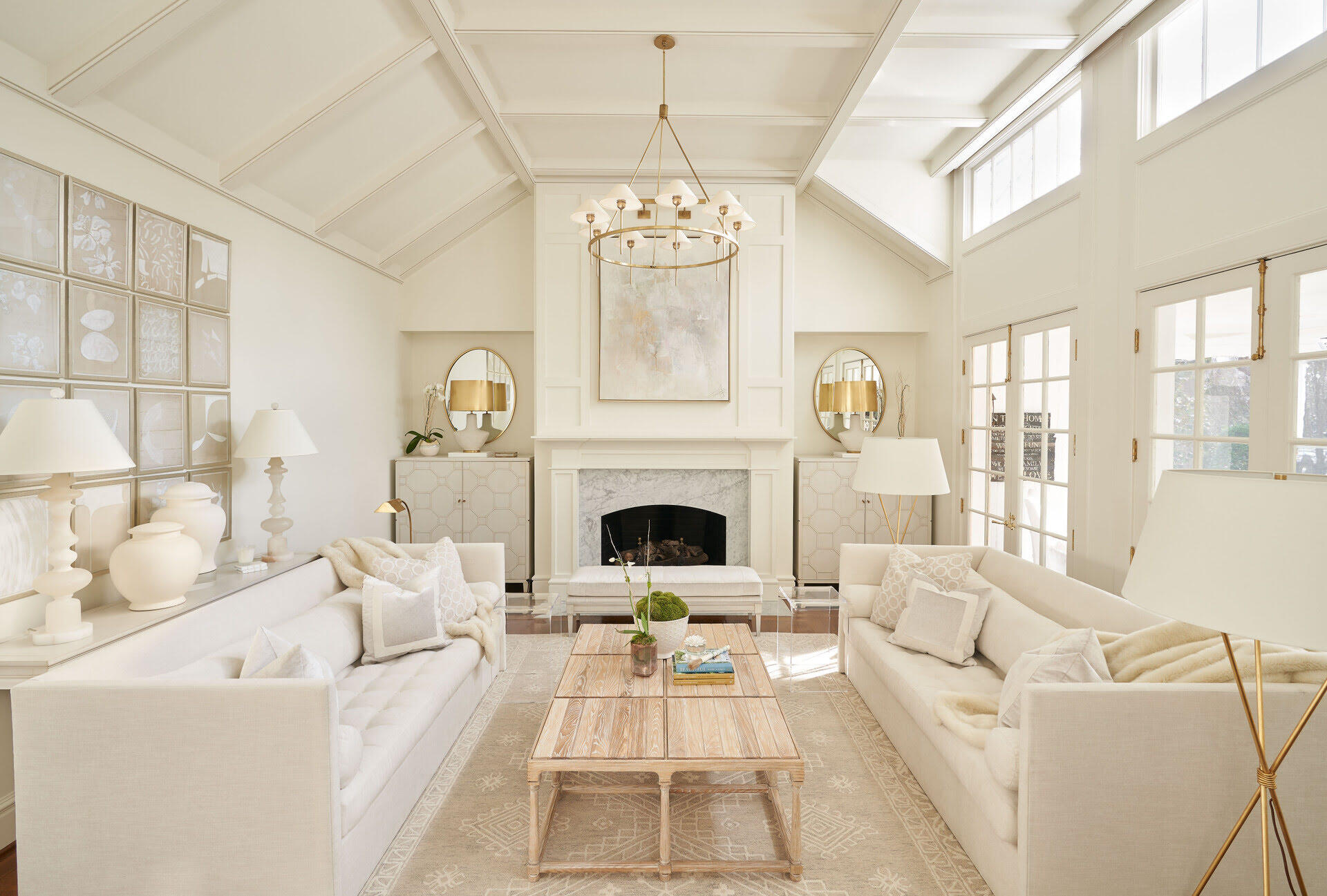
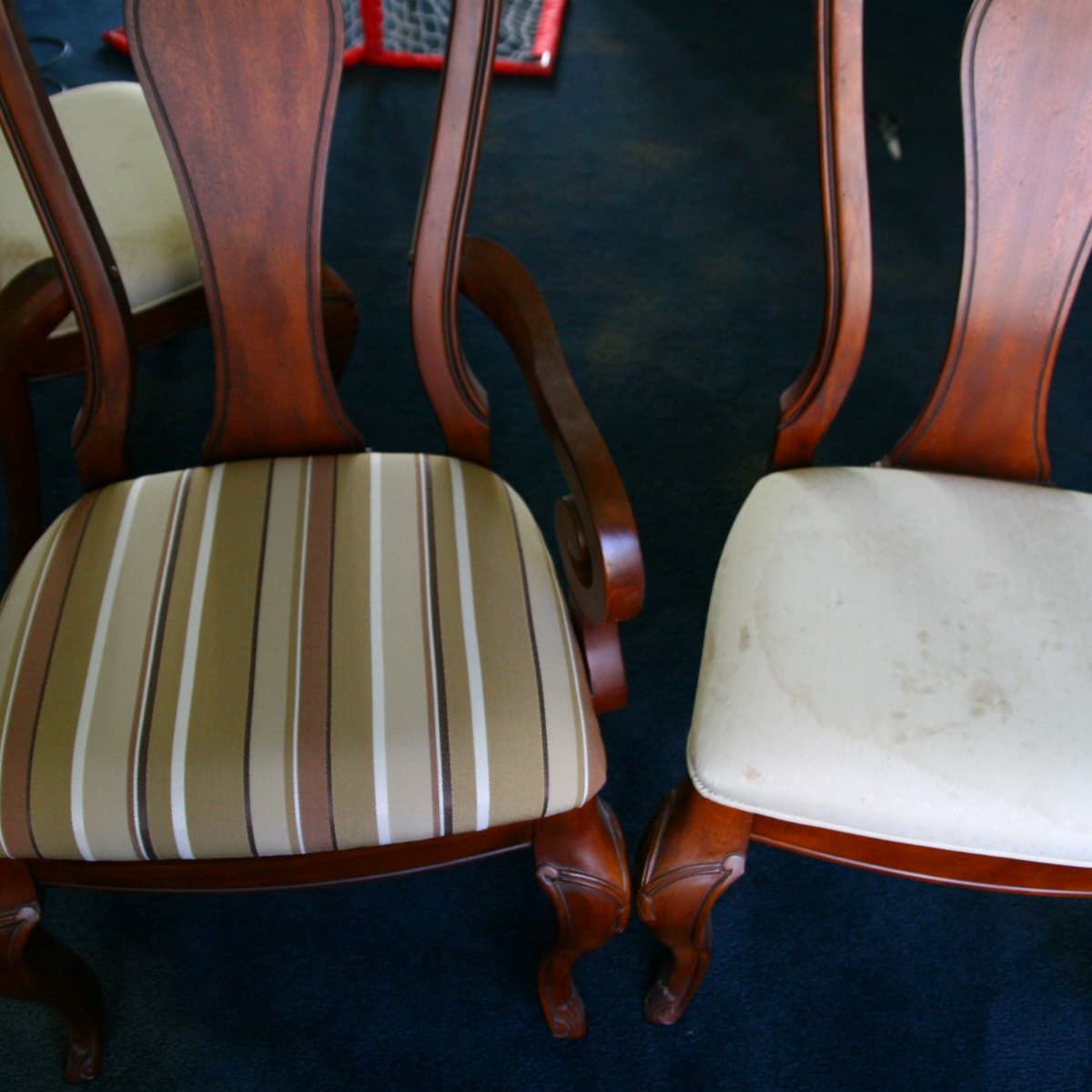

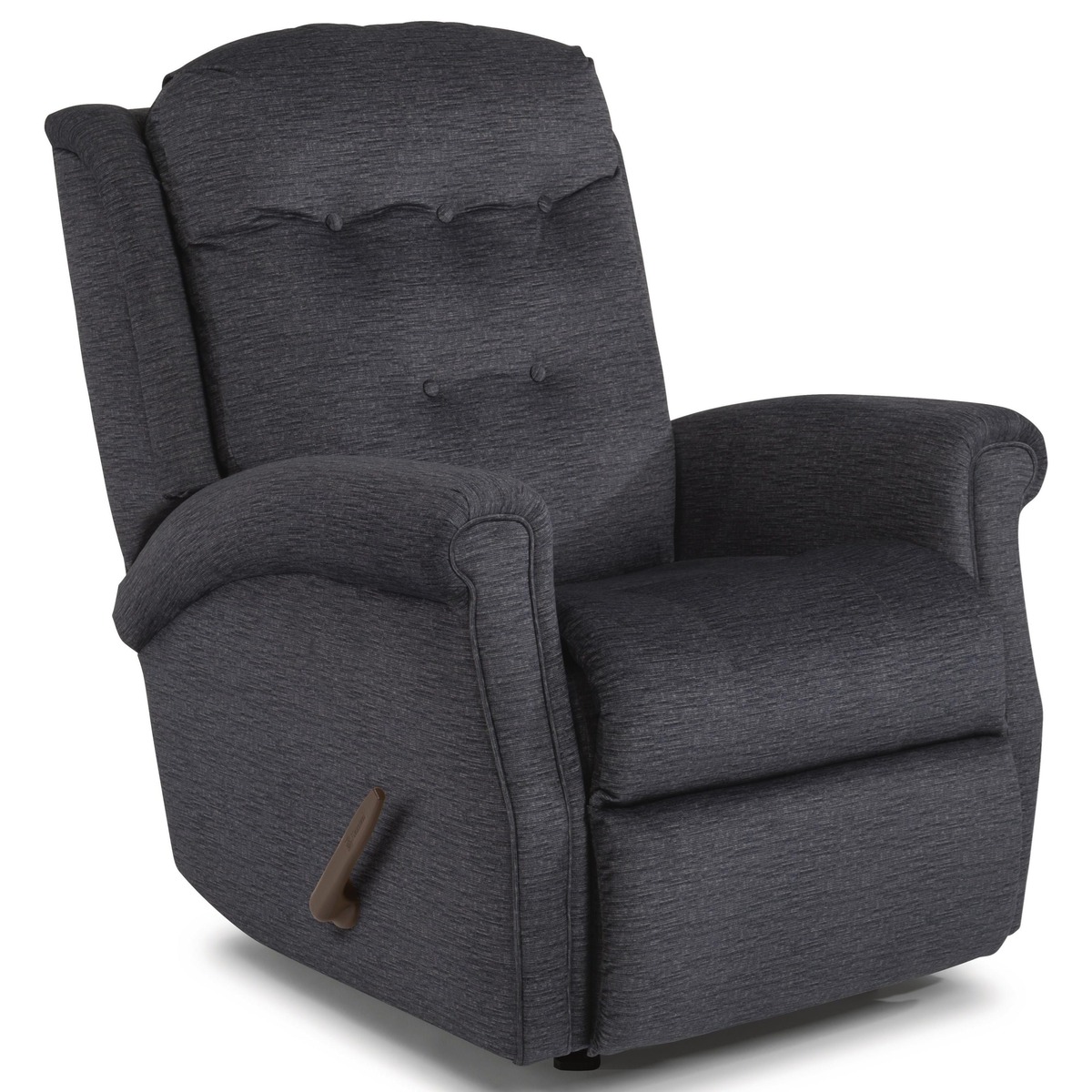
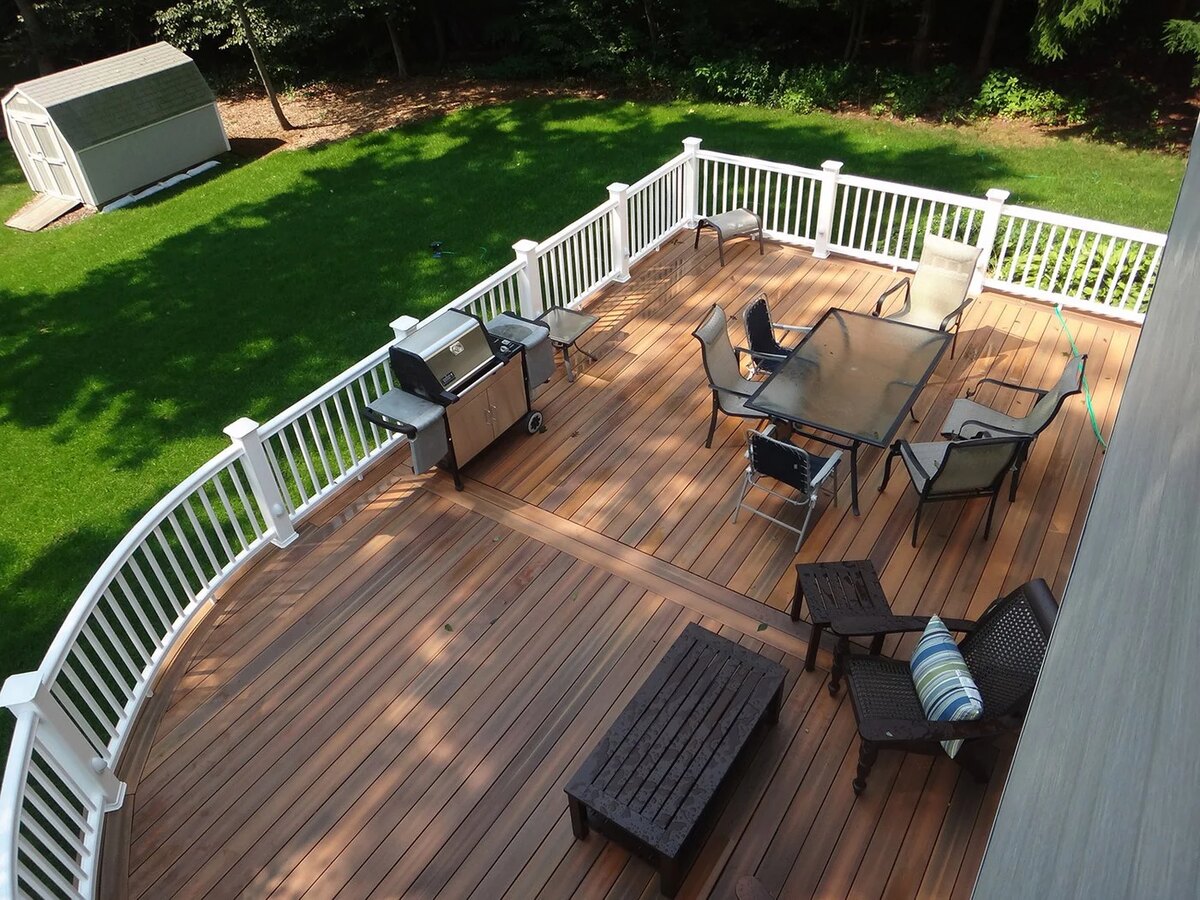
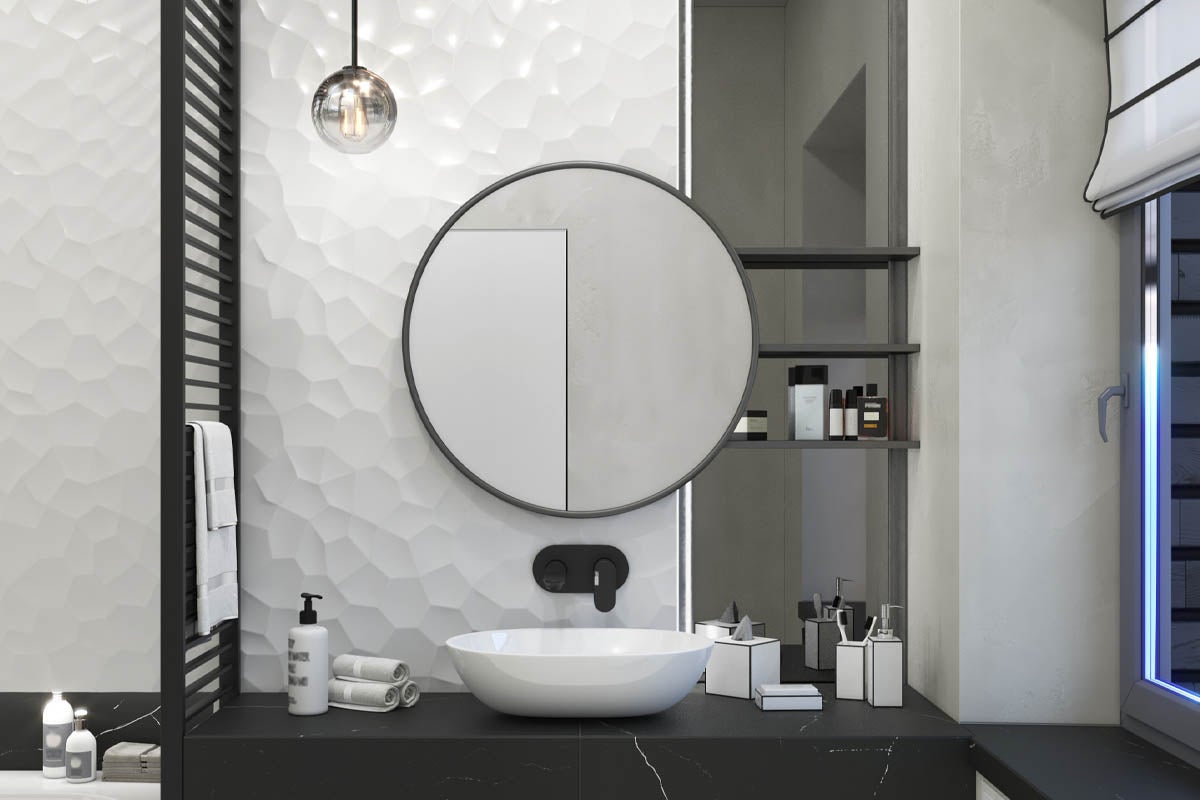
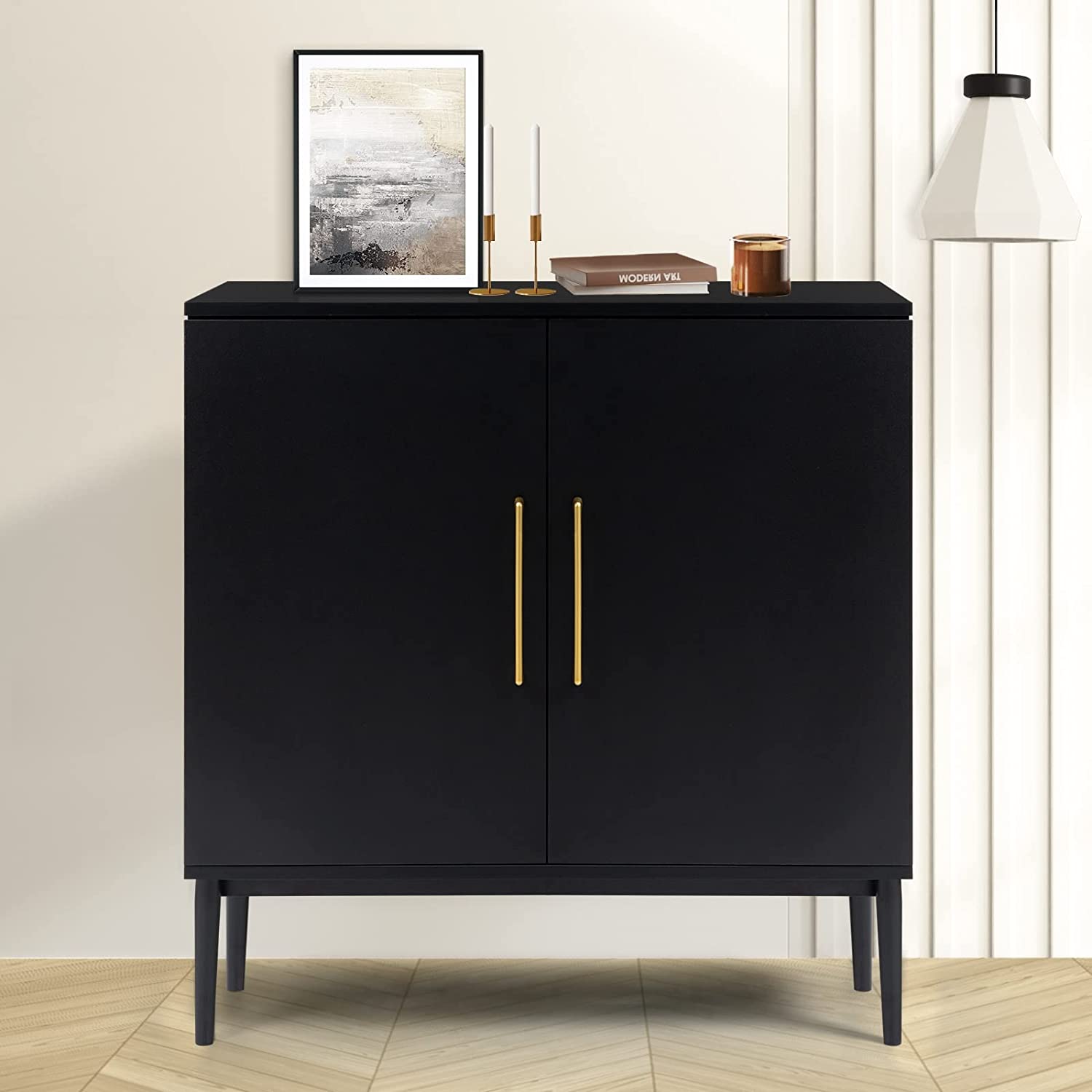
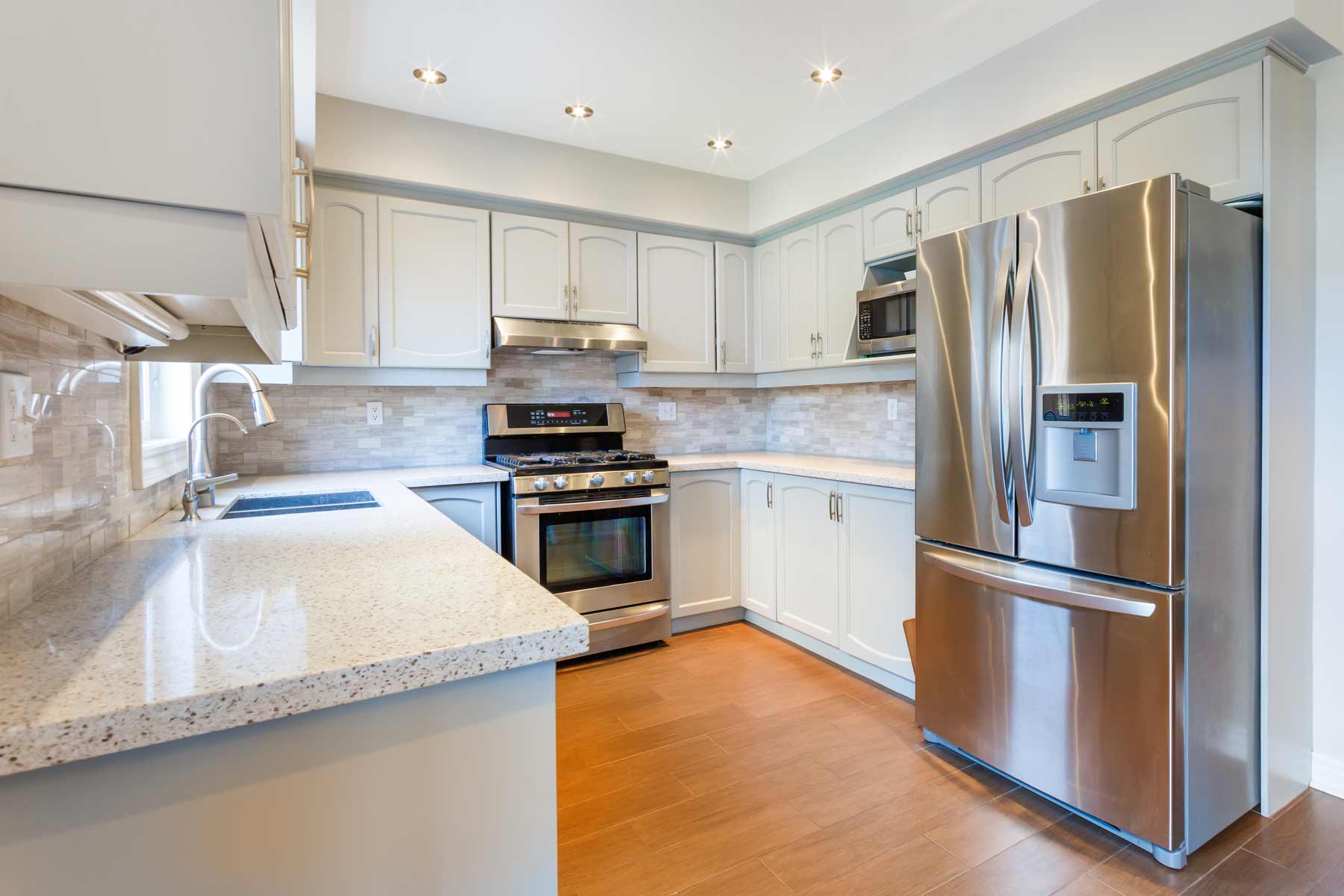

0 thoughts on “How Much Does It Cost To Paint A Room?”